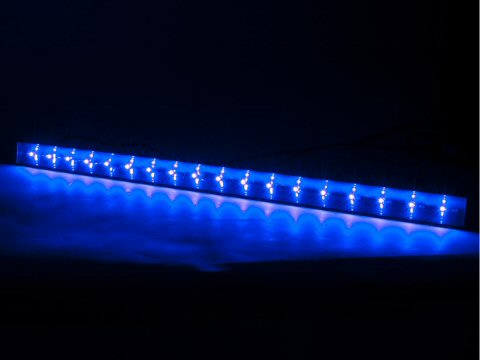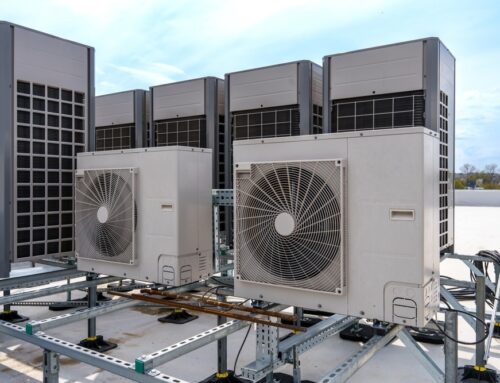Believe it or not, indoor air quality is often worse than outdoor air quality. Outside, air is exposed to sunlight. A core component of the light emitted from the sun is ultraviolet (UV) light, which is a form of short wavelength radiation capable of penetrating the cells of organisms and damaging them. This UV light can be utilized to kill germs inside homes as well, particularly in the ductwork.
Air-purifying UV lights work to kill viruses, bacteria and mold that may be circulating through the air in your home. The UV radiation emitted by the lights is strong enough to penetrate the thin cell walls of these germs, damaging their genetic structure and leading to cell death or rendering them harmless. The result of this is much cleaner air circulating through your ducts.
The primary method of UV disinfection is called ultraviolet germicidal irradiation (UVGI.) It’s been used for over half a century as a reliable form of sanitation, primarily in hospitals and more recently for air purification. It uses UV-C radiation, which is shorter wavelength and more effective than the more familiar UV-A or UV-B.
Filters are often installed in air ducts to catch pollutants and germs. However, many germs are small enough to bypass filters. Contaminants such as bacteria or mold can even collect on filters and multiply, requiring them to be cleaned or replaced. UV lights don’t have this drawback.
UV lights can be fitted to existing ductwork. The optimal installation location is between the blower and the coil in forced air systems San Diego. Mold can accumulate on coils due to condensation. UV light in this position shines on the coil to prevent mold from growing and becoming a problem.
For more information about UV lights and how they can improve your home’s indoor air quality, contact the pros at Atlas HVAC San Diego.




